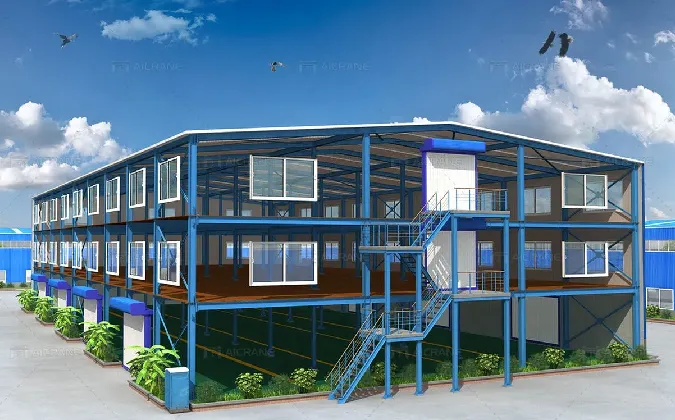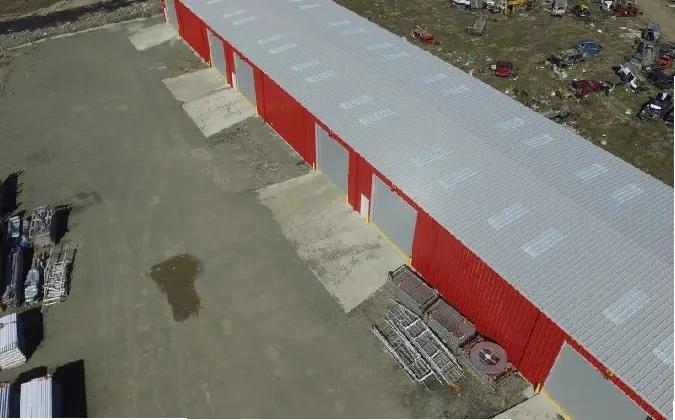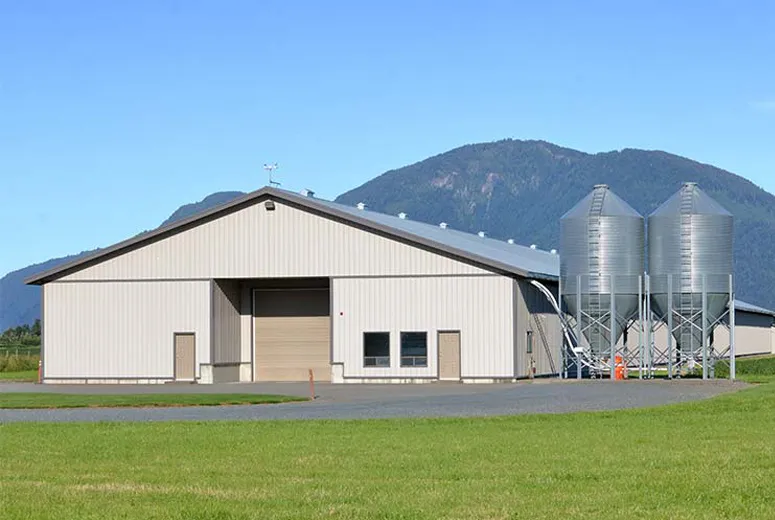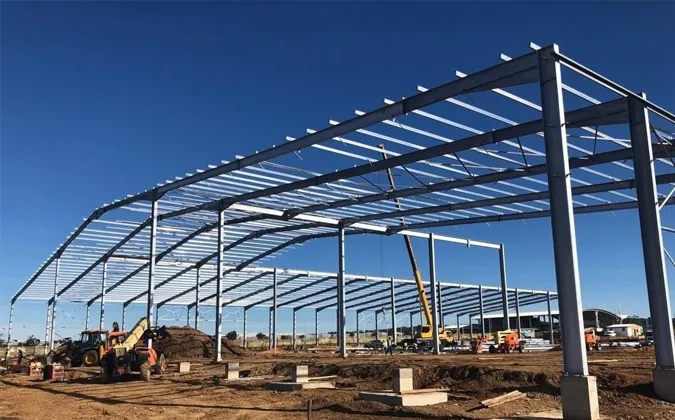- Afrikaans
- Albanian
- Amharic
- Arabic
- Armenian
- Azerbaijani
- Basque
- Belarusian
- Bengali
- Bosnian
- Bulgarian
- Catalan
- Cebuano
- Corsican
- Croatian
- Czech
- Danish
- Dutch
- English
- Esperanto
- Estonian
- Finnish
- French
- Frisian
- Galician
- Georgian
- German
- Greek
- Gujarati
- Haitian Creole
- hausa
- hawaiian
- Hebrew
- Hindi
- Miao
- Hungarian
- Icelandic
- igbo
- Indonesian
- irish
- Italian
- Japanese
- Javanese
- Kannada
- kazakh
- Khmer
- Rwandese
- Korean
- Kurdish
- Kyrgyz
- Lao
- Latin
- Latvian
- Lithuanian
- Luxembourgish
- Macedonian
- Malgashi
- Malay
- Malayalam
- Maltese
- Maori
- Marathi
- Mongolian
- Myanmar
- Nepali
- Norwegian
- Norwegian
- Occitan
- Pashto
- Persian
- Polish
- Portuguese
- Punjabi
- Romanian
- Russian
- Samoan
- Scottish Gaelic
- Serbian
- Sesotho
- Shona
- Sindhi
- Sinhala
- Slovak
- Slovenian
- Somali
- Spanish
- Sundanese
- Swahili
- Swedish
- Tagalog
- Tajik
- Tamil
- Tatar
- Telugu
- Thai
- Turkish
- Turkmen
- Ukrainian
- Urdu
- Uighur
- Uzbek
- Vietnamese
- Welsh
- Bantu
- Yiddish
- Yoruba
- Zulu
Sep . 24, 2025 16:22 Back to list
Portable warehouse buildings—including flexible modular warehouse building setups and durable warehouse building structures—are a lifeline for businesses needing fast, scalable storage solutions, from emergency relief operations to seasonal inventory spikes. Unlike traditional brick-and-mortar warehouses (which take months to build), these portable options can be deployed in weeks, minimizing downtime for logistics firms, manufacturers, or agricultural businesses. For wholesalers serving bulk clients like distribution centers or construction companies, partnering with a manufacturer that masters rapid deployment is essential. Hebei HongJi Shunda Steel Structure Engineering Co., Ltd., founded in 2000 with a 52,000-square-meter facility and USD$2.5 million registered capital, specializes in portable warehouse buildings (alongside steel structure warehouses and storage sheds). Their professional design and construction teams streamline deployment—from prefabricated components to on-site assembly—making them a trusted bulk partner for wholesalers globally.
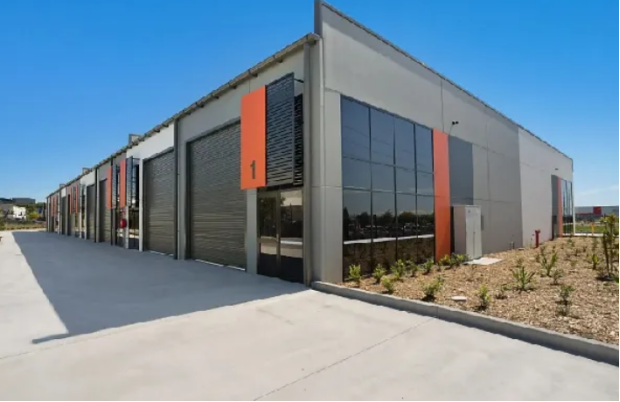
Prefabrication The Foundation of Rapid Portable Warehouse Buildings Deployment
- Factory-Assembled Components for Modular Warehouse Building: Modular warehouse building relies on prefabricated components (steel frames, wall panels, roofing) built in Hebei HongJi Shunda’s controlled factory environment—80–90% of the building is assembled off-site, cutting on-site work time by 60%. Components are precision-cut to exact dimensions (using CNC machines) and labeled for easy on-site matching, so a portable warehouse building team can quickly connect frames to panels without custom cutting. For example, a 1,000-square-meter modular warehouse building might arrive with pre-welded steel trusses, pre-insulated wall panels, and pre-attached roofing sheets—all ready to bolt together. Hebei HongJi Shunda also optimizes component packaging for bulk transport: components stack efficiently in shipping containers, reducing freight costs for wholesalers ordering multiple warehouse building
- Standardized Designs for Fast Portable Warehouse Buildings Planning: To speed up deployment, Hebei HongJi Shunda offers standardized portable warehouse buildings designs (e.g., 20ft x 40ft, 30ft x 60ft) that skip lengthy custom design phases—clients can select a base design and add minor tweaks (e.g., extra doors, ventilation) instead of starting from scratch. A warehouse building for agricultural grain storage, for instance, might use a standardized frame with pre-fitted ventilation grilles (to prevent moisture buildup). For wholesalers, standardized designs mean faster quote turnaround and shorter production lead times—critical for clients needing modular warehouse building solutions in emergency scenarios (e.g., post-hurricane inventory storage).
Streamlined On-Site Assembly for Portable Warehouse Buildings
- Minimal Tools and Labor for Modular Warehouse Building: Modular warehouse building from Hebei HongJi Shunda requires only basic tools (wrenches, drills) and a small on-site team (3–5 workers for a 500-square-meter unit), unlike traditional warehouses that need heavy machinery and large crews. The company’s components use bolt-on connections (no welding needed on-site) and lightweight materials (e.g., aluminum-reinforced steel panels) that are easy to handle. For example, a portable warehouse building deployed for a seasonal retail spike can be assembled in 1–2 weeks by a small crew, vs. 2–3 months for a traditional warehouse. Hebei HongJi Shunda also provides step-by-step assembly guides (with photos) for wholesalers to share with clients, ensuring no delays from misinterpretation.
- Site Preparation Optimization for Warehouse Building: Hebei HongJi Shunda simplifies warehouse building site prep—unlike traditional warehouses that need deep concrete foundations, many portable warehouse buildings use gravel pads or shallow concrete footings (installed in 2–3 days). The company’s design team works with wholesalers to assess client sites remotely (via photos or surveys) and recommend minimal prep, so a modular warehouse building can start assembly as soon as the pad is ready. For a portable warehouse building in a remote construction site, this means no need for expensive foundation equipment—saving clients time and money, and letting wholesalers market the solution as “low-impact” for temporary sites.
Portable Warehouse Buildings Type & Deployment Timeline Comparison
|
Portable Warehouse Buildings Type |
Key Deployment Advantage |
Typical Deployment Timeline |
Hebei HongJi Shunda Advantage |
Wholesaler Value |
|
Modular Warehouse Building (Small) |
Fast assembly; lightweight components |
1–2 weeks |
Pre-labeled parts; basic tool needs |
Appeals to small-scale seasonal storage |
|
Portable Warehouse Buildings (Large) |
Scalable modules; bulk component packs |
3–4 weeks |
Optimized shipping; crew training |
Caters to logistics/distribution clients |
|
Warehouse Building (Insulated) |
Pre-insulated panels; quick climate control |
2–3 weeks |
Factory-installed insulation; no on-site cutting |
Fits temperature-sensitive storage needs |
Customization Without Delaying Portable Warehouse Buildings Deployment
- Add-On Modules for Modular Warehouse Building: Modular warehouse building from Hebei HongJi Shunda lets clients add custom features without slowing deployment—options like extra roll-up doors, loading docks, or mezzanine floors are prefabricated as separate modules that bolt onto the main structure. For example, a portable warehouse building for a furniture distributor can add a pre-built loading dock module (arriving with the main components) instead of building it on-site later. These modules are designed to integrate seamlessly, so assembly time only increases by 1–2 days, not weeks.
- Material Flexibility for Warehouse Building: Hebei HongJi Shunda adapts warehouse building materials to client needs without delaying deployment—clients can choose between standard steel panels (for dry storage) or insulated, weather-resistant panels (for cold or wet climates), all of which are prefabricated in the factory. A portable warehouse building for frozen food storage, for instance, uses pre-insulated panels with foam cores (factory-cut to size) that install as quickly as standard panels. The company also maintains bulk inventory of common materials (steel, insulation) to avoid supply chain delays—ensuring wholesalers can fulfill modular warehouse building orders even during peak demand.
Portable Warehouse Buildings FAQS
How Do Portable Warehouse Buildings Withstand Extreme Weather During Rapid Deployment?
Hebei HongJi Shunda’s portable warehouse buildings are engineered for weather resistance from the start: steel frames are galvanized to resist rust, roofing panels have wind-rated fasteners (for high winds), and insulated models include weatherstripping to seal out rain/snow. Even with rapid deployment, components are tested for weather durability in the factory— a modular warehouse building deployed in a hurricane-prone area will meet local wind load standards.
Can Multiple Modular Warehouse Building Units Be Connected for Larger Storage?
Yes—modular warehouse building units are designed to connect seamlessly, so clients can start with one unit and add more later (without rebuilding). Hebei HongJi Shunda provides connecting kits (pre-fabricated steel brackets, wall panels) that let 2–10 portable warehouse buildings be linked into a single large storage space. For a wholesaler’s client with growing inventory, this scalability means no need to replace the original unit— just add modules, keeping long-term costs low. The connection process takes 2–3 days per unit, maintaining the rapid deployment advantage.
What Permits Are Needed for Rapidly Deployed Portable Warehouse Buildings?
Permit requirements vary by location, but Hebei HongJi Shunda simplifies compliance by providing documentation (structural calculations, material certifications) for portable warehouse buildings. Many regions classify temporary modular warehouse building (used <1 year) as “temporary structures” with minimal permits, while permanent units need standard building permits (which the company helps clients navigate). For example, a warehouse building deployed for 6 months of seasonal storage may only need a temporary use permit (approved in 1 week), while a permanent unit takes 2–3 weeks for permits. Hebei HongJi Shunda’s team works with wholesalers to share permit checklists, avoiding deployment delays.
Are Portable Warehouse Buildings Reusable After Initial Deployment?
Absolutely—portable warehouse buildings are designed for disassembly and reuse: components are bolted (not welded) together, so they can be taken apart, transported to a new site, and reassembled in 1–2 weeks. Hebei HongJi Shunda’s steel components are durable enough for 5+ redeployments, making them ideal for clients with temporary sites (e.g., construction projects).
How Does Hebei HongJi Shunda Support Wholesalers With Bulk Portable Warehouse Buildings Orders?
Hebei HongJi Shunda offers wholesalers bulk-specific support: discounted per-unit pricing for 5+ portable warehouse buildings orders, dedicated account managers to track production, and consolidated shipping (to reduce freight costs). The company also provides crew training materials (videos, manuals) so wholesalers can help clients train on-site teams for assembly. For a wholesaler ordering 10 modular warehouse building units for a regional logistics firm, this support ensures on-time delivery, consistent quality, and smooth deployment— strengthening the wholesaler’s reputation with clients.
-
Bolted Connections in Steel Frame Warehouse
NewsNov.17,2025
-
Hay Storage in Farm Metal Buildings
NewsNov.17,2025
-
Advantages of a Steel Portal Frame Shed
NewsNov.17,2025
-
The Erection Process of a Steel Building Hangar
NewsNov.17,2025
-
Energy Efficiency of Steel Dome Garage Kits
NewsNov.17,2025
-
Fire Resistance of Kit Metal Garages
NewsNov.17,2025
Products categories
Our Latest News
We have a professional design team and an excellent production and construction team.








